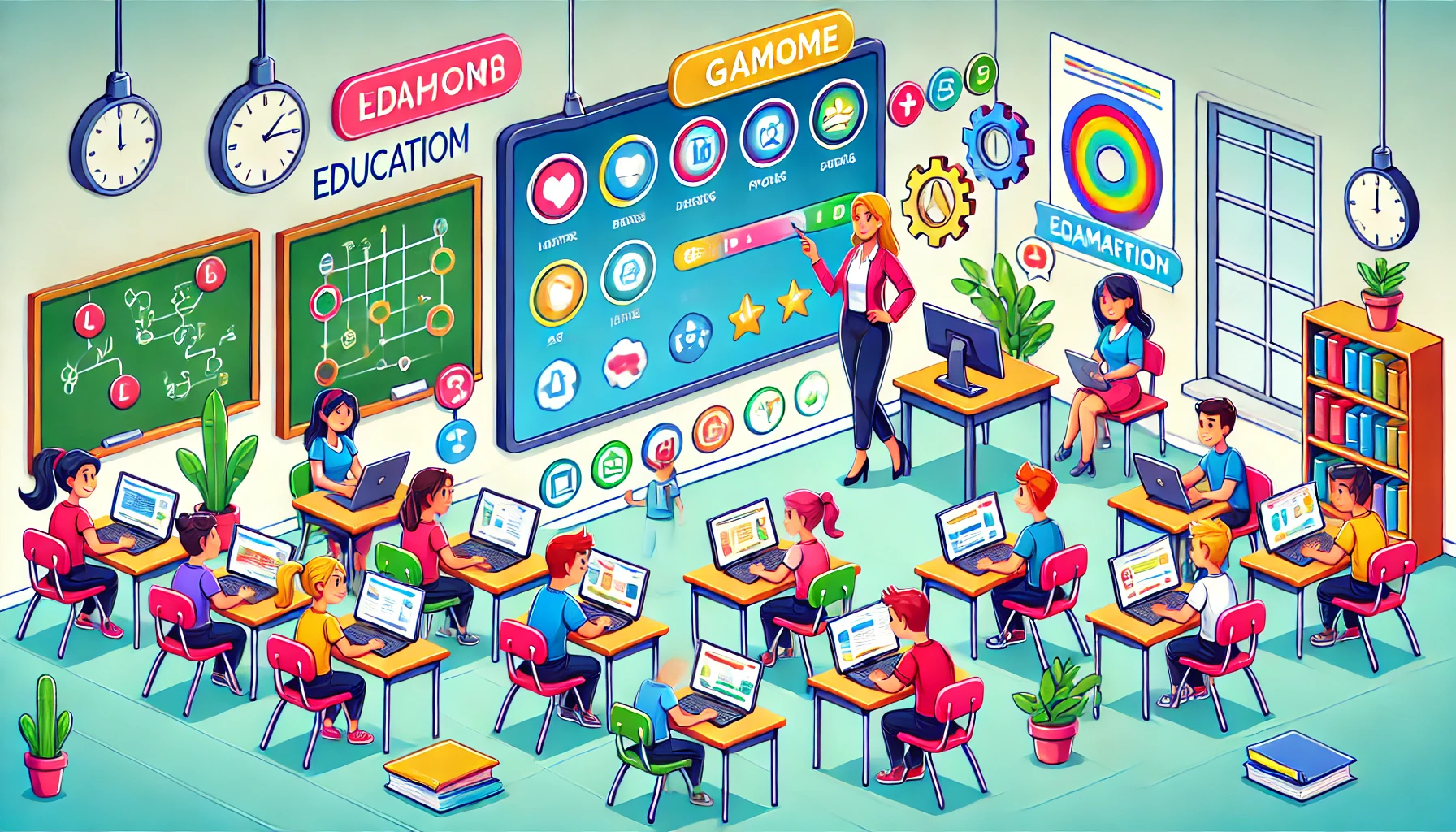Gamification in Education: Engaging Students Through Play. Gamification, the integration of game elements into non-game contexts, is revolutionizing education. By leveraging techniques like point systems, leaderboards, and rewards, gamification creates a more engaging, interactive, and effective learning experience.
What is Gamification in Education?
Gamification involves applying game mechanics – such as scoring, challenges, and competition – to educational activities. The goal is to increase motivation, engagement, and participation by making learning feel more like a game.
Why Gamification Works
Gamification taps into fundamental human psychology:
- Intrinsic Motivation: Achievements and progress foster a sense of accomplishment.
- Competition: Leaderboards and challenges encourage healthy competition and collaboration.
- Engagement: Interactive elements capture attention and make learning enjoyable.
- Immediate Feedback: Points and rewards provide instant gratification and guidance.
Key Elements of Gamification in Education
- Points and Badges: Students earn points for completing tasks and badges for milestones, reinforcing progress.
- Leaderboards: Rankings foster friendly competition among peers.
- Challenges and Quests: Structured tasks mimic game levels, encouraging progression.
- Storytelling: Narratives and characters make lessons more relatable and memorable.
Applications of Gamification in Education
1. Classroom Learning
Teachers can gamify classroom activities by creating point systems for participation, quizzes, and homework completion. For example:
- “Earn 10 points for every correct answer and climb the leaderboard!”
- “Complete this math quest to unlock the next level!”
2. Online Learning Platforms
Platforms like Duolingo use gamification to make language learning fun and addictive. Features like streaks, rewards, and challenges keep learners coming back.
3. Professional Training
Gamified e-learning modules for corporate training help employees retain knowledge and develop skills in an engaging manner. Examples include:
- Simulations with real-world scenarios.
- Interactive quizzes with immediate feedback.
Benefits of Gamification
Gamification offers numerous advantages:
- Improved Retention: Interactive and enjoyable activities help learners retain information longer.
- Increased Participation: Game elements encourage active involvement in lessons.
- Inclusivity: Gamification accommodates diverse learning styles and paces.
- Enhanced Creativity: Challenges and storytelling promote critical thinking and problem-solving.
Challenges of Gamification
While promising, gamification has limitations:
- Overemphasis on Rewards: Learners may focus more on rewards than the material itself.
- Resource-Intensive: Designing gamified experiences can require significant time and effort.
- Not Universally Effective: Some students may not respond positively to competitive elements.
The Future of Gamification in Education
As technology evolves, gamification will become even more immersive. Emerging trends include:
- Virtual Reality (VR): Gamified VR environments will enable experiential learning.
- AI-Powered Personalization: Adaptive gamification tailored to individual learner preferences.
- Cross-Platform Integration: Unified gamified experiences across devices and tools.
Conclusion
Gamification is transforming education by making learning fun, interactive, and rewarding. Whether in classrooms, online platforms, or corporate training, gamified approaches motivate learners and foster a lifelong love of learning. By embracing gamification, educators can unlock the full potential of their students and redefine the learning experience.





Leave a Reply